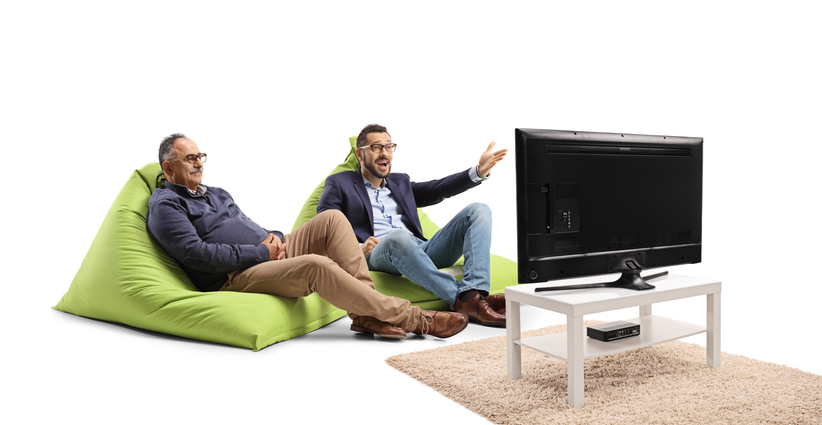Have you ever thought about how much time you spend sitting each day? Whether you’re at the office, commuting, or relaxing at home, sitting has become a huge part of our daily routines. But did you know that sitting too much can seriously harm your health?
Back in the 1950s, a brilliant epidemiologist named Jeremy Morris discovered something fascinating. He found that London bus drivers were more than twice as likely to develop coronary heart disease compared to bus conductors. Why? Because the conductors were always on their feet, climbing the stairs of those iconic double-decker buses, while the drivers stayed seated for long periods. This landmark study opened our eyes to the strong link between physical activity and heart health.
Fast forward to today, and Morris’s findings are more relevant than ever. The Covid-19 pandemic shifted many of us to working from home, increasing our sitting time even more. Without the regular office routines of walking to meetings or grabbing a coffee, it’s easy to spend hours glued to our desks. It’s not just work – watching TV, gaming, driving, and other sedentary activities also contribute to this lifestyle. Think back to when ‘suburbs’ became the place to be. That meant we started to drive to get anywhere and walked far less.
So, what’s the big deal with sitting? Prolonged sitting is a form of sedentary behavior, where we expend very little energy. This can lead to serious health issues like cardiovascular disease, type 2 diabetes, and even premature death. Falls, one of the leading causes of injury and death in older adults, can be prevented by increased movement and balance exercises. In 2020, the World Health Organization highlighted the need to reduce sedentary behavior to improve our health.
One key issue with sitting is vascular dysfunction, particularly in our legs. When we sit, our leg muscles don’t move much, leading to reduced blood flow. This can cause blood to pool in our calves and increase our risk of developing high blood pressure and cardiovascular disease. Studies suggest that sitting for 120-180 minutes at a time is probably too long. The longer we sit, the more we harm our vascular health.
But it’s not just about physical activity. Even if you exercise regularly, sitting for long periods can still be harmful. The reduced movement of our leg muscles decreases their metabolic demand, leading to less blood flow. This creates a vicious cycle where our blood vessels narrow, blood pressure rises, and our risk of heart disease increases. Benjamin Gardner, a University of Surrey Social Psychologist who specializes in habitual behaviour says, “People are becoming more sedentary because it’s what society has encouraged.” Gardner also speaks to how efficient our society has become meaning we don’t have to move around as much as our ancestors did.
Sitting too long after a high-fat meal is particularly harmful, as it can spike blood sugar and insulin levels, contributing to the risk of type 2 diabetes. Additionally, prolonged sitting can weaken our muscles, reduce bone density, and increase physical discomfort, stress, and even depression.
So, what can we do to break free from our chairs and improve our health? Here are some tips:
- Stand Up Often: Make it a habit to stand up every 30 minutes. Just standing up and moving around a bit can make a big difference.
- Take Short Walks: Walking around your home or office for a few minutes can help get your blood flowing and reduce the risks associated with prolonged sitting.
- Use Adjustable Workstations: Height-adjustable desks and sit/stand chairs can help you alternate between sitting and standing throughout the day.
- Fidgeting is Good: Believe it or not, fidgeting can enhance blood flow. So, don’t be afraid to move around a bit, even while seated.
- Wearable Technology: Devices like accelerometers can track your activity levels and remind you to move when you’ve been sitting for too long.
Having downsized to a place where my treadmill no longer fits, this author has recently purchased a walking pad. Kind of a downsized treadmill that can tuck under a bed or couch when not in use. It can also be placed under my sit-stand desk so no excuses. My Apple watch keeps track of my steps, heart rate and stride.
For those with mobility constraints, there are adapted exercises that can help. The key is to break up your sitting time and keep moving as much as possible. Even small changes can have significant health benefits. So next time you’re sitting for a long stretch, stand up, stretch, or take a short walk. Your body will thank you! Stay active, stay healthy, and keep moving!






Add Your Voice
0 Comments
Join the Discussion